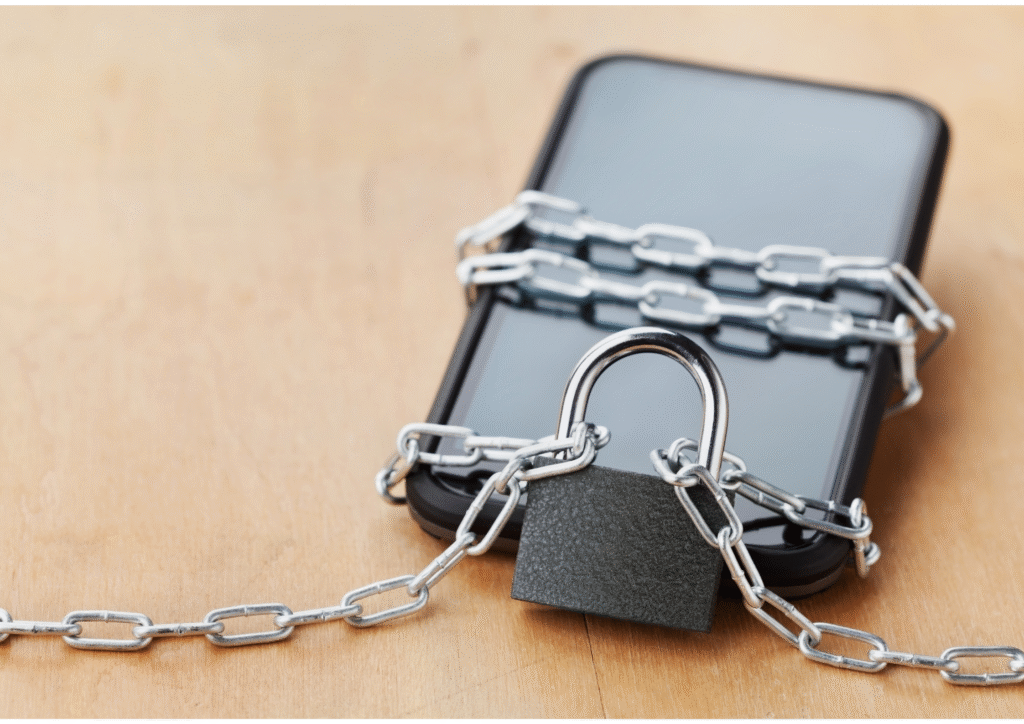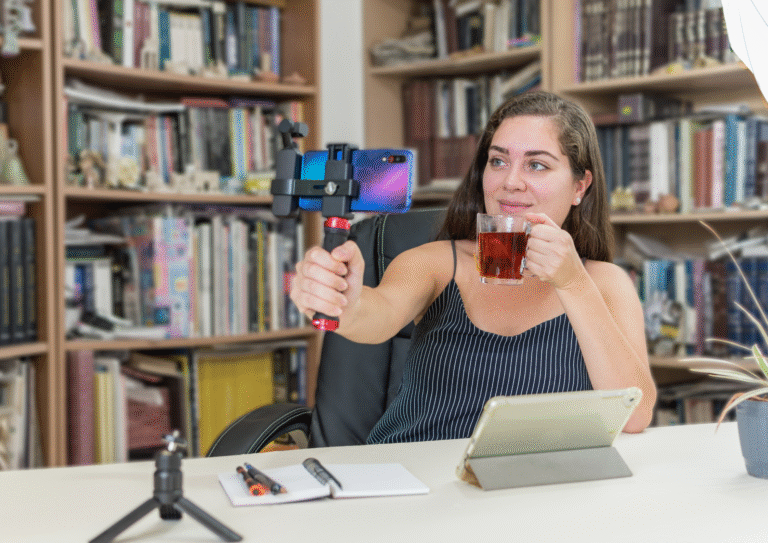
Ever wonder why you feel a certain way after scrolling through your phone? Maybe you start happy, then suddenly feel worried, or even angry, without knowing why. Do you wish you understood the hidden forces that seem to pull at your feelings online? This is your deepest problem. . . feeling like your emotions are being played with, without you even noticing. If you want to take back control of your moods and truly understand the digital world around you, keep reading. You’re about to uncover the fascinating, and sometimes unsettling, truth.
Algorithms are way more than just clever computer programs that show you what to watch or buy. They are secretly shaping your emotions, often without you ever realizing it. This matters much more than people think because it affects your mental health, how you see the world, and even the choices you make every day. These invisible forces can quietly steer your feelings, making you happy, sad, or even angry, all while you’re just trying to catch up on your feed.
Some people might say, “Come on, algorithms are just tools! They’re neutral. . . it’s up to us how we react.” They might think that if you feel bad, it’s your own fault for spending too much time online. After all, these programs just show you what you already like, right? On the one hand, it’s true that we have to be smart about how we use the internet. However, this way of thinking misses a huge point. Algorithms are designed to keep you glued to your screen, and they often do this by playing with your emotions. They are far from neutral. They learn from your clicks, your likes, and your reactions, then use that information to feed you more of what keeps you engaged. . . even if that engagement comes from feeling upset or anxious. It’s almost like they know your emotional weak spots better than you do.
The science behind how algorithms affect us is pretty wild. Think of it like this: every time you get a like, a share, or see something interesting, your brain gets a tiny squirt of dopamine. . . a chemical that makes you feel good. This is called a “dopamine loop,” and it’s super addictive. Algorithms are masters at creating these loops. They learn what makes you react, and then they give you more of it. As a result, you keep checking, scrolling, and clicking, chasing that next little burst of good feeling.
Furthermore, algorithms can create what are called “filter bubbles” and “echo chambers.” Imagine you only see news and opinions that match what you already believe. That’s a filter bubble. An “echo chamber” is when you only hear your own thoughts and beliefs echoed back to you by others who think the same way. This happens because algorithms show you content that keeps you engaged, and often, that means content you agree with. While this might feel comfortable, it can make your emotions stronger, sometimes even leading to anger or fear if you’re only seeing one side of a story. Research from the Pew Research Center has highlighted how social media can create these isolated information environments, making it harder to see different viewpoints.
**
“The design of social media platforms, driven by algorithms, can inadvertently lead to emotional polarization by prioritizing engagement over diverse perspectives.” **
This shows that the way these systems are built can make us feel more strongly about our own views, sometimes pushing us further apart from others.
On the other hand, algorithms aren’t always bad. They can connect us with friends, help us discover new hobbies, and even make us laugh. However, it’s important to remember that these systems are built to make money, and they do that by keeping your eyes on the screen. This means they’ll often prioritize content that triggers strong reactions. . . whether those reactions are positive or negative. This explainer on algorithms shows why understanding their hidden influence is key to digital well-being.
So, what can you do? First, become a digital detective. Don’t just believe everything you see. Ask yourself: “Why am I seeing this? Is this making me feel good or bad?” Second, actively seek out diverse viewpoints. Follow people or pages that have different opinions than yours. This can help break you out of your filter bubble. Third, practice mindful scrolling. Set limits on your screen time. Instead of mindlessly scrolling, be aware of how you feel when you’re online. As a result, you might notice patterns.
Moreover, remember that your emotions are your own. Don’t let a computer program dictate how you feel. If something online is consistently making you upset, it’s okay to unfollow, mute, or even take a break. Think of it like a healthy diet. . . you wouldn’t just eat whatever was put in front of you without thinking, right? The same goes for your digital diet. Experts like Jaron Lanier, a computer scientist and author, have often warned about the potential negative impacts of uncontrolled algorithmic influence on society and individual psychology.
In conclusion, algorithms are powerful, invisible forces that are constantly shaping our emotions. They’re not just showing us content. . . they’re influencing how we feel, often without us even realizing it. But by understanding how they work and making conscious choices about our digital habits, we can take back control. We can protect our mental health, broaden our perspectives, and truly master our digital moods. What’s one small step you can take today to become a more aware and emotionally resilient digital citizen? Maybe it’s questioning that next viral video. . . or simply taking a moment to breathe before you react to something online. The power to choose how you feel is yours.
References:
Pew Research Center. (Ongoing research). Social Media and News. Retrieved from https://www.pewresearch.org/internet/topic/social-media-news/
Lanier, J. (2018). Ten Arguments for Deleting Your Social Media Accounts Right Now. Henry Holt and Co.



